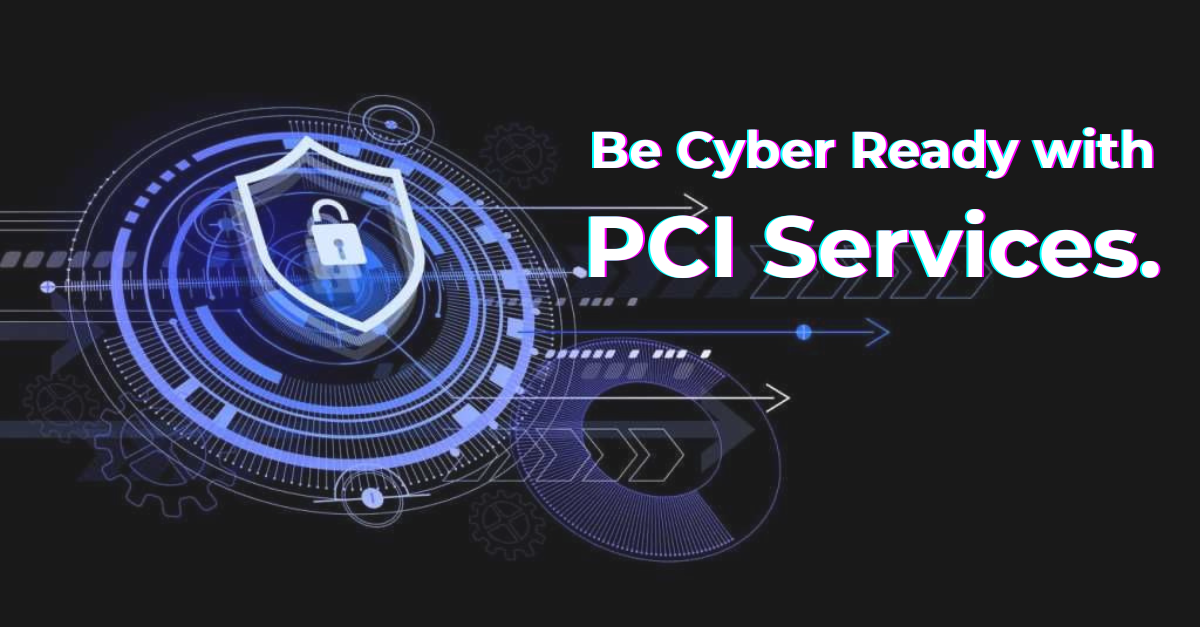Many organizations assume they are protected because they’ve invested in security tools. Firewalls, endpoint protection, monitoring tools, and cloud controls all help — but none guarantee survival when something breaks. The companies that manage incidents well are not the ones with the biggest toolset — they are the ones who are genuinely ready.
At PCI Services, we focus on cyber readiness because it determines whether a business recovers quickly or loses control. Security attempts to block attackers. Readiness determines how your organization performs when an attacker gets through. If your business cannot answer the question “What do we do first?” you are not ready.
What Cyber Readiness Actually Means
Cyber readiness is a blend of response, clarity, and resilience. It is not a binder of policies or a collection of products. It is the ability to act without hesitation when your systems slow down, misbehave, or show signs of compromise.
A Ready Organization Consistently Does Three Things:
- Recognizes abnormal behavior early
- Knows which systems matter most during disruption
- Executes the response plan without confusion
This readiness comes from truly understanding your environment — not buying more tools.
Why Most Businesses Struggle With Readiness
Most companies fail the readiness test for simple reasons:
- Tools were added over the years with no unified strategy
- Permissions grow but are rarely reviewed
- Important systems are not documented or prioritised
- Nobody knows the first three steps during an incident
Teams usually notice these gaps only when something already feels wrong.
The Inbox Problem No Tool Can Fully Solve
Most incidents still start with someone clicking an email that looked harmless. Attackers craft messages that mimic vendors, teammates, or clients, making them believable.
Cyber readiness accepts this reality. It builds layers around human error — training people to recognize suspicious messages and ensuring the organization can contain mistakes quickly.
The Identity Problem That Breaks Cyber Readiness
Most breaches begin with credentials someone should never have had — old accounts, reused passwords, or excessive permissions. This alone can collapse your cyber readiness.
This is why many organizations adopt Zero Trust: every request, identity, and device is verified before access is granted.
When identity is controlled properly, attackers struggle to move, and threats become easier to contain.
Your Network Determines the Impact of a Breach
Many organizations still operate flat networks, allowing attackers to move freely once inside. This is how a small compromise becomes a full-scale disruption.
A Resilient Network Includes:
- Isolated sensitive systems
- Monitored internal traffic
- Restricted lateral movement
Even if a threat gets inside, it cannot travel far — reducing impact and recovery time.
Preparing for Scenarios Nobody Wants to Imagine
Readiness means preparing for ransomware, system failure, vendor compromise, outages, and other unexpected disruptions.
Strong Continuity Planning Includes:
- Secure, offsite backups
- A clear order for restoring critical systems
- Practiced recovery procedures
- Communication plans for teams and partners
Organizations that treat continuity seriously recover faster and avoid major financial loss.
You Don’t Have to Build Readiness Alone
Cyber readiness requires technical skill, operational discipline, and ongoing review. It’s too large for a single IT generalist to manage.
PCI Services helps close the gaps — improving identity management, network structure, and incident response capability so your team acts without hesitation during disruptions.
Frequently Asked Questions
1. What is cyber readiness?
It means your organization can detect threats early, respond effectively, and recover quickly — reducing the impact of ransomware, phishing, and credential misuse.
2. How does Zero Trust improve security?
Zero Trust verifies every identity, device, and request, blocking unauthorized access and limiting attacker movement.
3. Why is identity and access management important?
Weak IAM leads to privilege misuse, stale accounts, and easy entry points. Strong IAM, MFA, and permission reviews improve containment.
4. How does network design affect breaches?
Flat networks allow free movement. Segmentation and monitoring restrict attackers and protect critical systems.
5. What should a good incident response plan include?
Clear roles, isolation steps, communication workflows, tested recovery procedures, and verified backups.








